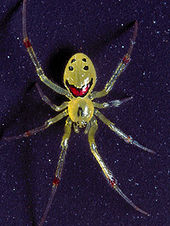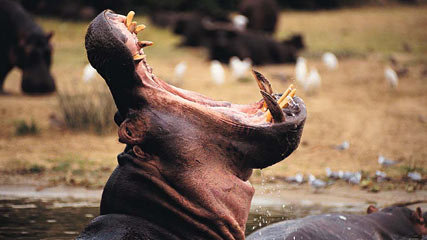
© NASA
In early August 2010, the NASA Goddard Institute for Space Studies (GISS) released its analysis of global temperatures for the previous month. In July 2010, GISS found, the global average temperature was 0.55 degrees Celsius (almost 1 degree Fahrenheit) warmer than climatology - defined as average temperatures for the same month from 1951 to 1980. July 2010 was practically in a three-way tie for the warmest July on record, tied with July 1998 and July 2005.
This color-coded map shows global surface temperature anomalies for July 2010 compared to average temperatures for the same time of year from 1951 to 1980. Above-normal temperatures appear in shades of red, and below-normal temperatures appear in shades of blue. Red-hued Greenland, for example, experienced above-normal temperatures while the blue-hued Pacific Northwest experienced below-normal temperatures. Gray patches indicate areas of insufficient data.
The GISS analysis found temperatures more than 5 degrees Celsius (about 10 degrees Fahrenheit) warmer than climatology in the region of Eastern Europe, including Moscow, and in Eastern Asia. (Both Moscow and Eastern Siberia faced severe wildfires and smoke in July 2010.) The eastern United States also experienced unusual heat, although not as severe as the heat in parts of Eurasia.
Substantial areas, however, showed below-normal temperatures, including central Asia and southern South America. Parts of South America suffered through sub-freezing temperatures and heavy snow, leading to hundreds of cold-related deaths, ruined crops and livestock, and contaminated rivers after millions of fish froze, said news reports. Temperatures were below normal across much of East Antarctica, although they were well above normal over the Antarctic Peninsula.



